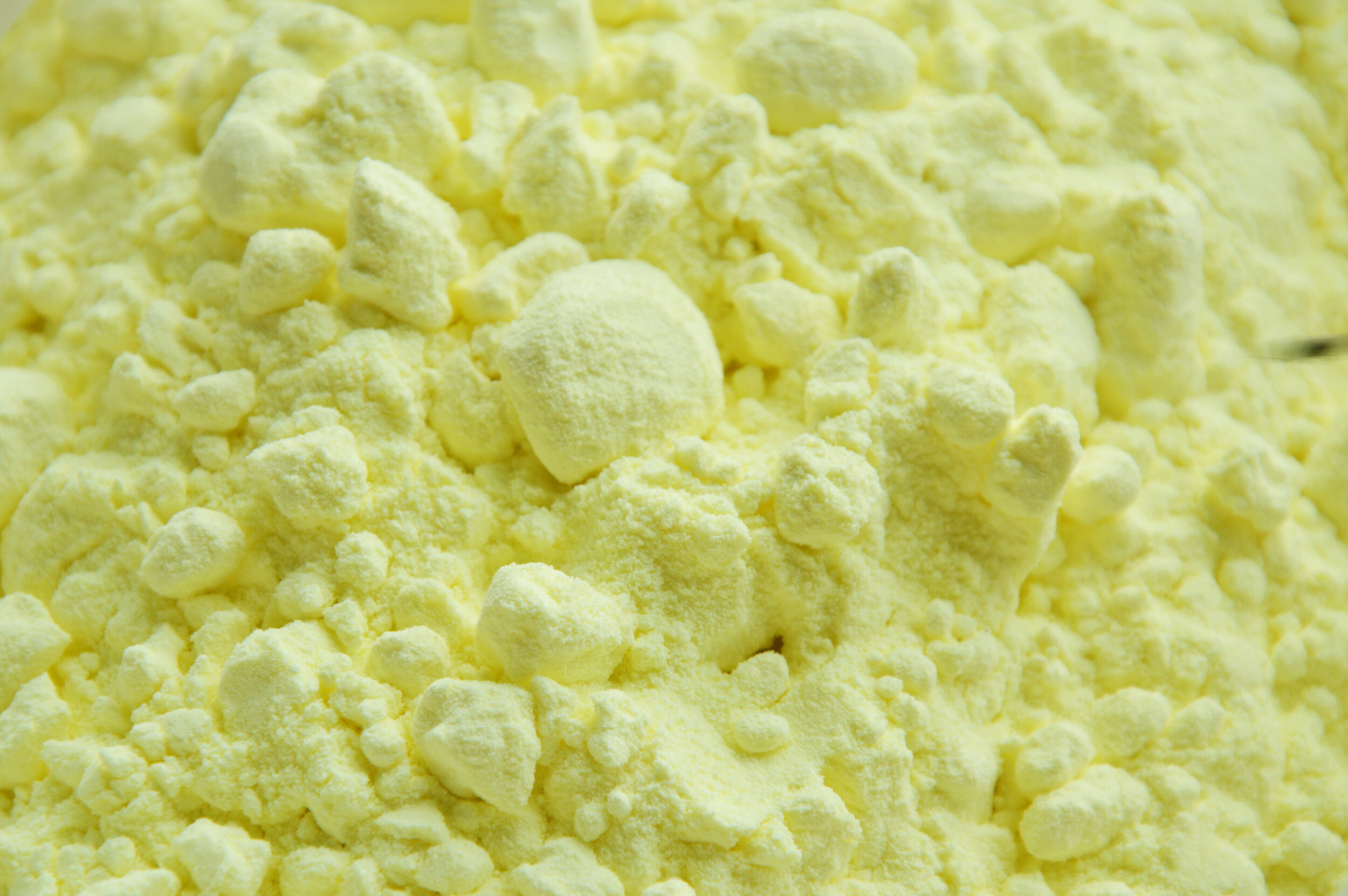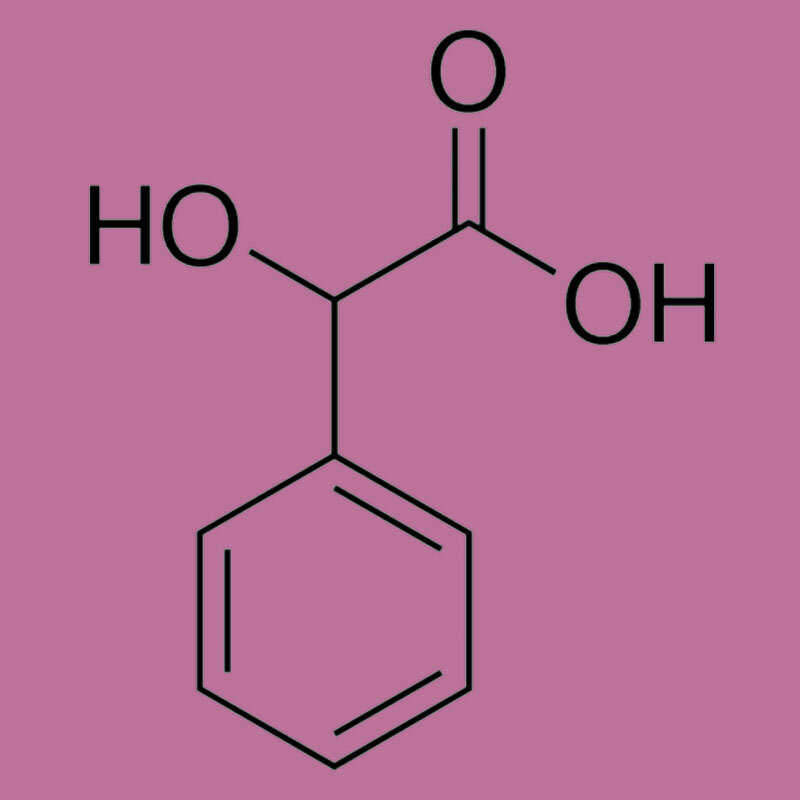What is a skin moisture barrier?
Your skin barrier, also known as lipid barrier or moisture barrier, serves to protect the body from the outside world and keep water in the skin. Our skin barrier is made of the outermost layer of our skin called the stratum corneum and is surrounded by our acid mantle. The acid mantle is a very fine and very important film on the surface of your stratum corneum. It is slightly acidic (ranging from 4.4 - 6 pH) and is made up of sebum, sweat, dead skin cells, lactic acid, urocanic acid, fatty acids and pyrrolidine carboxylic acid. Working together, these elements are designed to help keep bad things out and good things in.
Signs that you have an impaired skin barrier
If your skin barrier is compromised you may notice redness, dry patches, the feeling of tightness and over production of oil, new breakouts, or general inflammation. Another indication could be burning or stinging from products you have used in the past that are normally used without issue.
What causes a compromised skin barrier?
There are many factors that can lead to the disruption of your skin barrier. It may seem counterintuitive but too much exposure of water can actually dry your skin out more. Water evaporates on the surface of your skin which pulls out moisture from deeper layers. Other contributors include over-exfoliation, overuse of active ingredients, unhealthy lifestyle choices, weather, age, or simply not using the proper skin barrier restoring ingredients.
How to fix a compromised moisture barrier?
If you're noticing signs of an impaired barrier it’s time to take a step back and assess your skin care regimen. Use a gentle cleanser such as our Dermaspace Gentle Cleansing Lotion and avoid the overuse of active ingredients and exfoliation. Make sure to avoid over cleansing especially with alkaline soaps which can disrupt your acid mantle. Look for barrier repair ingredients in your skin care products. This includes humectants, emollients, and occlusive ingredients. Dermaspace Vita Soothe is a protective, replenishing serum that contains lipids, essential fatty acids, and antioxidants. This product contains no irritants and can be a great solution for a compromised moisture barrier.
One final note, there are many skin conditions with natural skin barrier defects such as rosacea, atopic dermatitis, and severe forms of acne. If you suffer from any of these, we recommend seeing your dermatologist to come up with a treatment plan.
As always, if you have any questions, please do not hesitate to reach out to our team here at Dermaspace. We are here to help!
Editors Note: Other moisturizers that are great for barrier function are Calming Repair Cream and Calming Repair Fluid.










